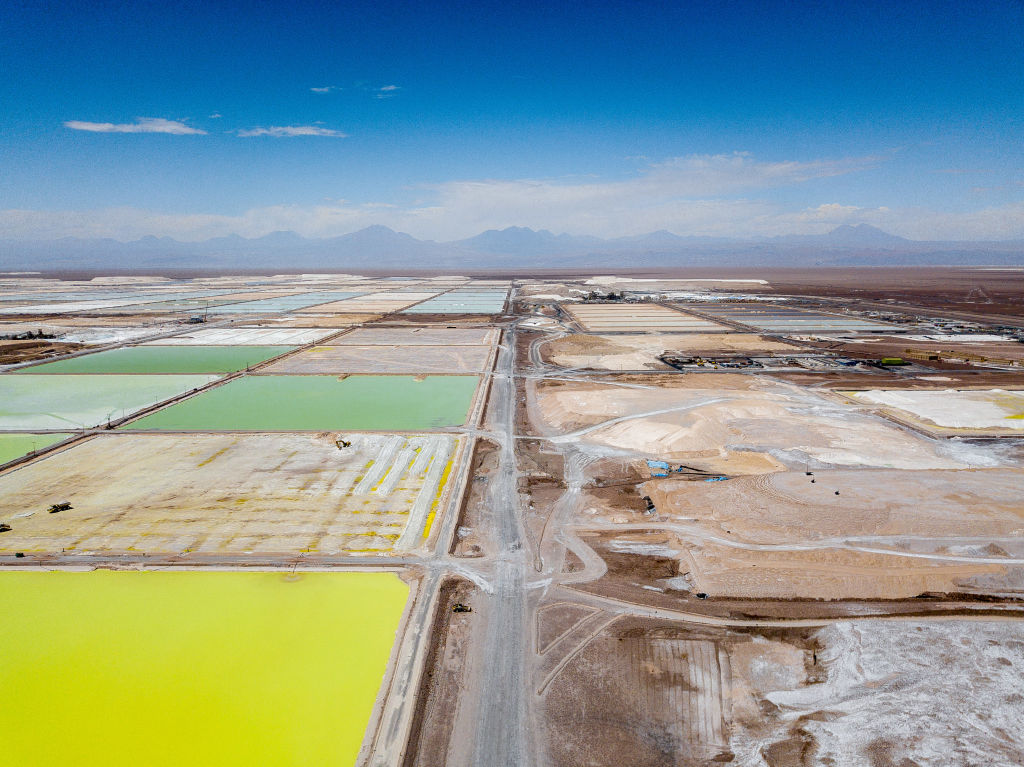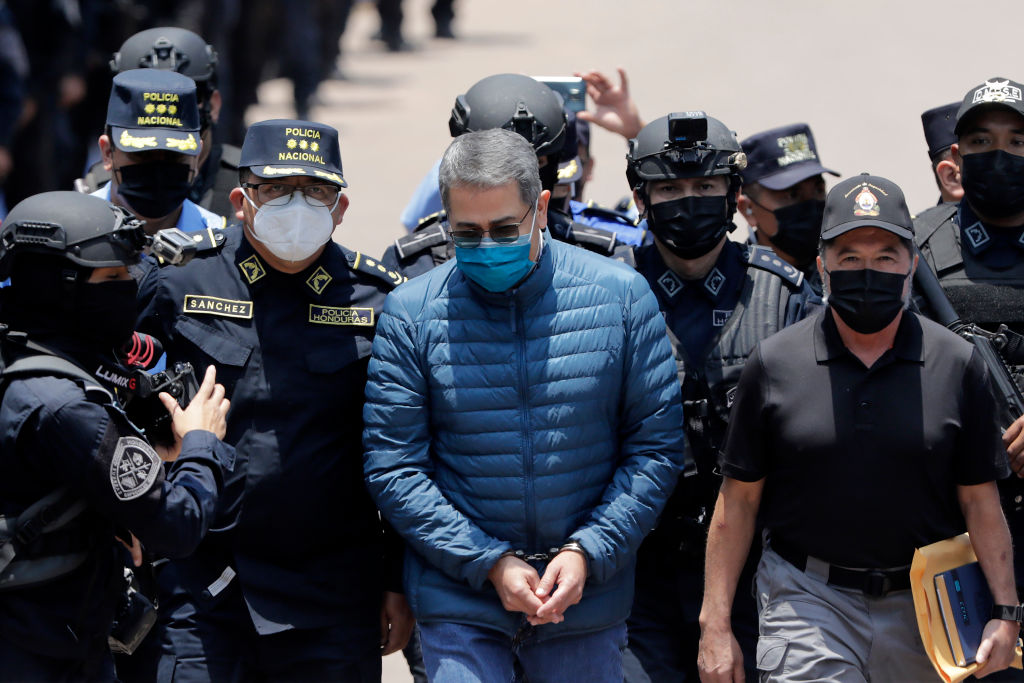Chile’s Tsunami and the Courtroom Battle
Chile’s Tsunami and the Courtroom Battle
Over two years after disaster struck central Chile, government officials in power at the time are locked in a legal dispute over who is to blame for not issuing the proper warnings.
On the morning of February 27, 2010, Interior Minister Patricio Rosende dismissed on national television "absolutely, the possibility of a tsunami," asking the nation to remain calm only one hour after an 8.8-magnitude earthquake struck south-central Chile. Meanwhile, a series of waves were heading toward Chile’s shore. Eventually, the all-powerful water would engulf a 375 mile (600 kilometer) stretch of coastline from Concepción to Valparaiso and kill 525 Chileans.
Rosende’s statement, along with other actions (or inaction), would lead him and seven other government officials to stand trial some two years after the tragedy. Families of the victims are demanding justice. They seek criminal liability in what has surfaced as an undoubtedly bungled emergency response.
Currently facing charges at Séptimo Juzgado de Garantía de Santiago are Rosende along with the then-director of ONEMI (the Interior Ministry’s National Emergency Office) Carmen Fernández, former national chief of SHOA (the Navy’s Hydrographic and Oceanographic Service) Mariano Rojas and his lieutenant Mario Andinas, and four other government officials. The defendants stand trial for negligent homicide, which can carry a sentence of 61to 1,096 days imprisonment.
The accused continue to blame their counterparts for the failed alert. Increasingly, the trial points to a fragmentation of responsibility across different authorities. While it was in part Rosende's responsibility to disseminate a tsunami alarm, it remains the primary argument of his defense lawyer, Samuel Donoso, that he could only act on information relayed to him by the entities such as SHOA and ONEMI.
For Rosende, the day began at ONEMI when he arrived and looked over a fax sent by the SHOA at 4:08 am—just 30 minutes after the earthquake had struck. It would later become evident that the purpose of the fax was to alert the office of imminent tsunami danger. But inconsistent protocol between the two bodies led to Rosende incorrectly interpreting the fax.
ONEMI had in place a two-phase warning system: “red alert” for imminent danger and a precautionary “yellow alert.” Rosende perceived the fax as a yellow alert message, and he proceeded to merely get ONEMI ready with available resources in case of disaster. This was not consistent with SHOA’s course of action, which had the responsibility to issue either a “tsunami alert” (the title of the fax sent to ONEMI) or “tsunami alarm”—both which would initiate an evacuation plan of coastal regions.
Less than one hour later (at 4:56 am), Carmen Fernández of ONEMI arrived at the office. She also reviewed the fax and discussed dissemination of a tsunami alert with Rosende. Once again, their choice was not to act on the warning. In court recently, her lawyer defended Fernández saying that she allegedly insisted they raise the alert but was rebuffed by Rosende who responded that “the navy has ruled out the risk."
Read the full article at www.AmericasQuarterly.org.
Nick Lavars is a journalist and writer currently living in Santiago, Chile.







